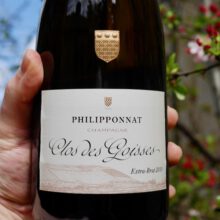
Product information
Philipponnat Clos des Goisses JEROBOAM 3L 2013
$2,999
Description
“Surpassing even the 2012 and 2008, Philipponnat’s 2013 Extra-Brut Clos des Goisses looks to be the finest vintage of this cuvée in several decades, at least on first acquaintance. Deriving from only the six core parcels out of the 13 that make up the Clos des Goisses, it’s a striking wine, evoking aromas of crisp yellow orchard fruit, Anjou pear, clear honey, bee pollen, stone fruit and iodine.
Full-bodied, layered and vinous, its textural attack segues into a deep, concentrated and tightly wound mid-palate that’s girdled by racy acids and chalky structure, before concluding with a long, saline finish.”
William Kelley, The Wine Advocate 98 Points AG 98 AK 98
Out of stock

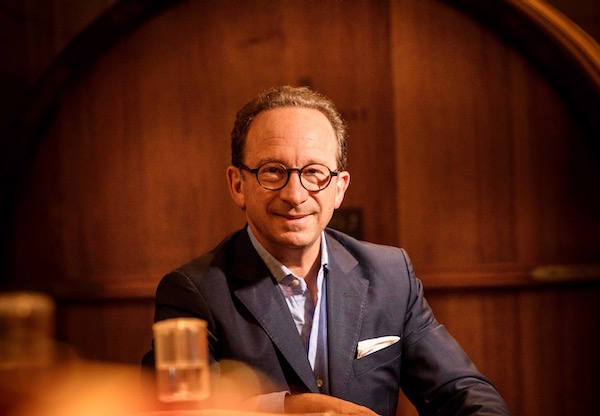
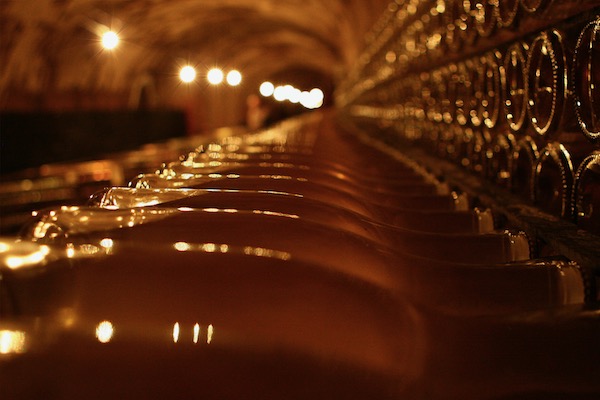


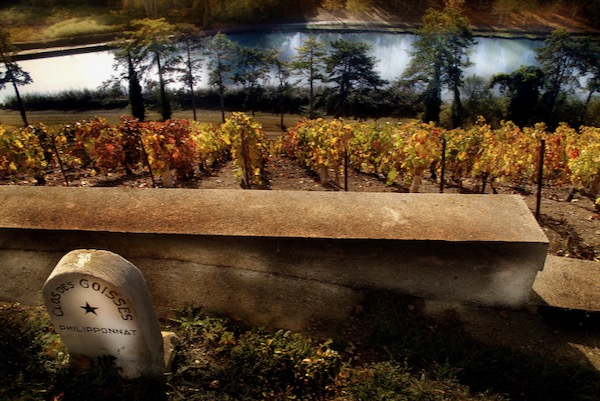



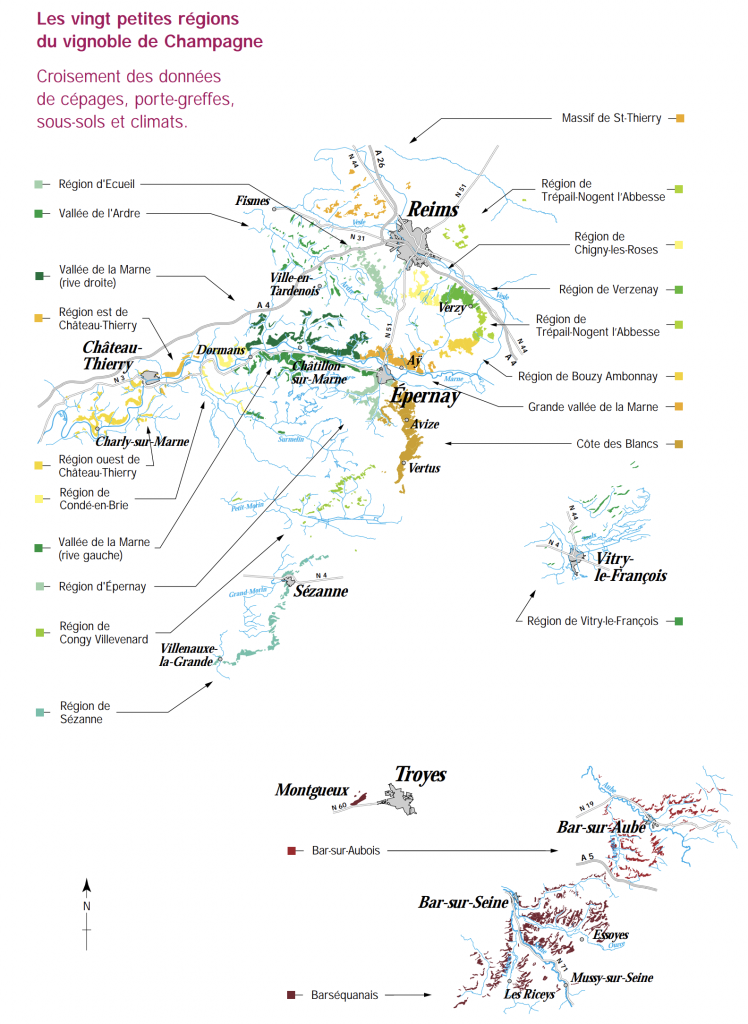





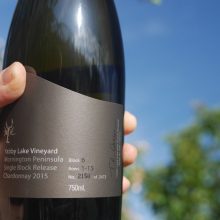
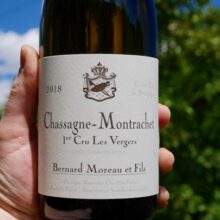
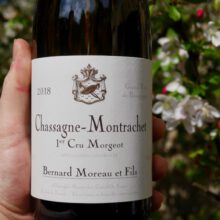
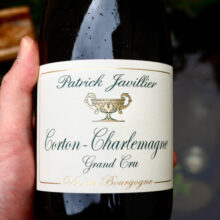
You must be logged in to post a comment.